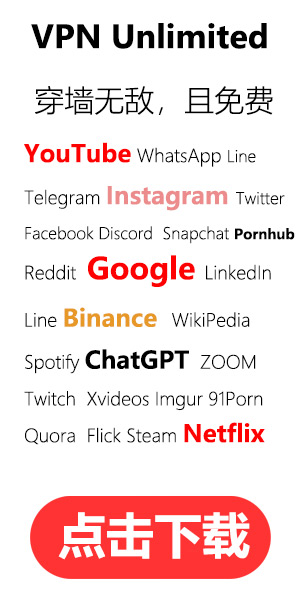web3.0入口
Part 1: Introduction to Web3
The internet, which has become an integral part of our lives, has undergone significant transformations since its inception. Web3 is the latest concept that is poised to redefine the internet as we know it. An evolution of the current centralized web, Web3 aims to provide a decentralized and user-centric digital environment.
Part 2: Understanding Blockchain Technology
At the heart of Web3 lies blockchain technology, the driving force behind the decentralized web. Blockchain is a tamper-proof and transparent ledger that records transactions across a network of computers. By eliminating the need for intermediaries, blockchain ensures trust and accountability. This technology forms the backbone of Web3, enabling censorship-resistant platforms and applications.
Part 3: Web3 and Internet Control
One of the key motivations behind the development of Web3 is to restore control over the internet to its users. Currently, centralized entities exert significant control over the flow of information and user data. Web3 aims to decentralize these control mechanisms, empowering users to take ownership of their personal data and digital identity. Through the use of smart contracts and decentralized applications, Web3 promises to usher in an era of user empowerment and freedom from centralized authority.
Part 4: The Promising Future of Web3
Web3 has the potential to revolutionize various sectors, including finance, governance, and entertainment. Decentralized finance (DeFi) platforms have already emerged, enabling users to engage in secure and transparent financial activities without relying on traditional intermediaries. Moreover, Web3 offers the potential to transform governance by introducing transparent voting systems and ensuring the integrity of democratic processes.
In conclusion, Web3 holds tremendous promise in shaping the future of the internet. By leveraging blockchain technology, Web3 offers increased control over personal data, enhanced privacy, and the potential to disrupt traditional industries. As this exciting concept continues to evolve, it is vital for individuals and organizations to understand and actively participate in building the decentralized web, ushering in a new era of empowerment and democratization online.#25#
